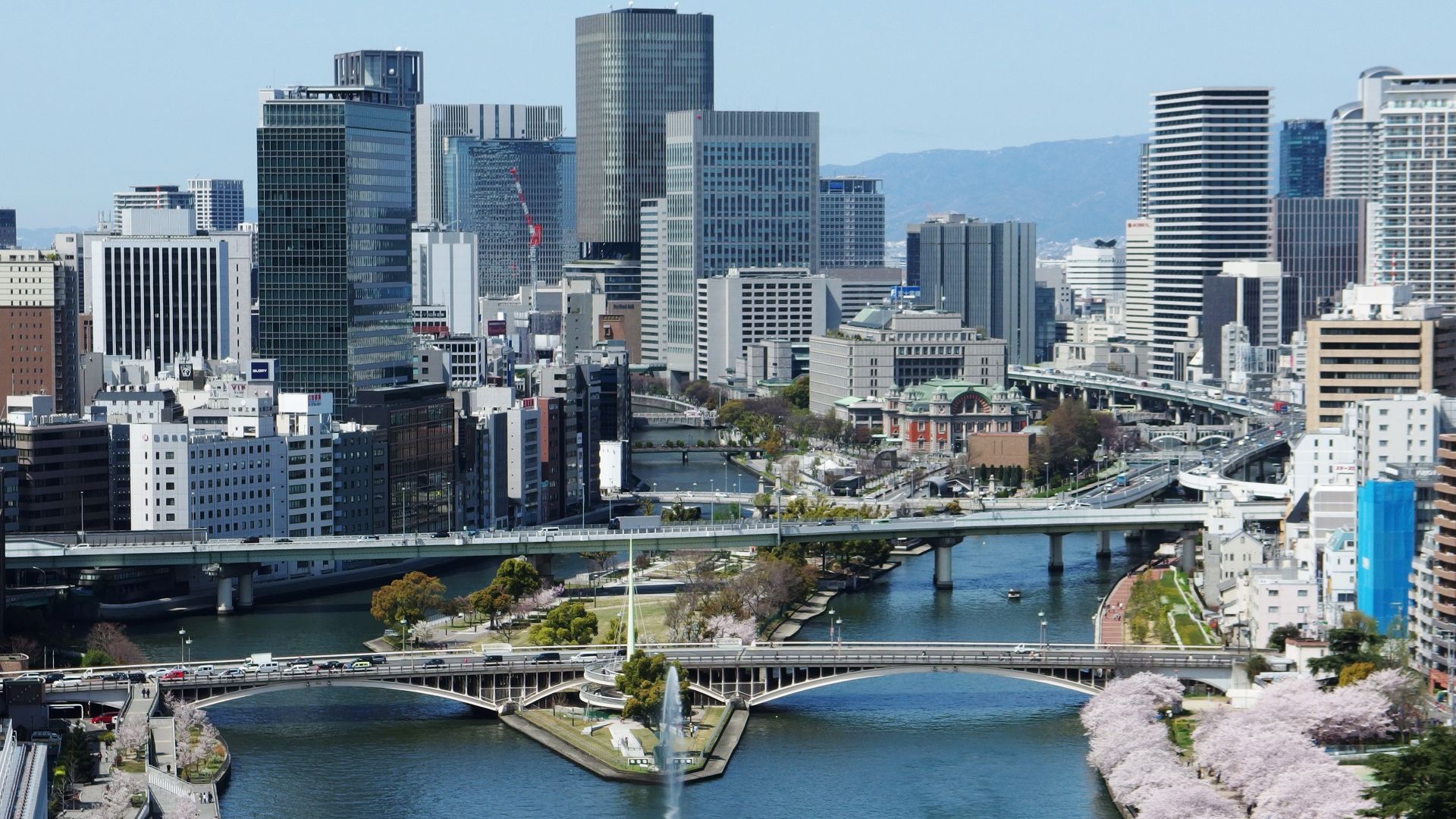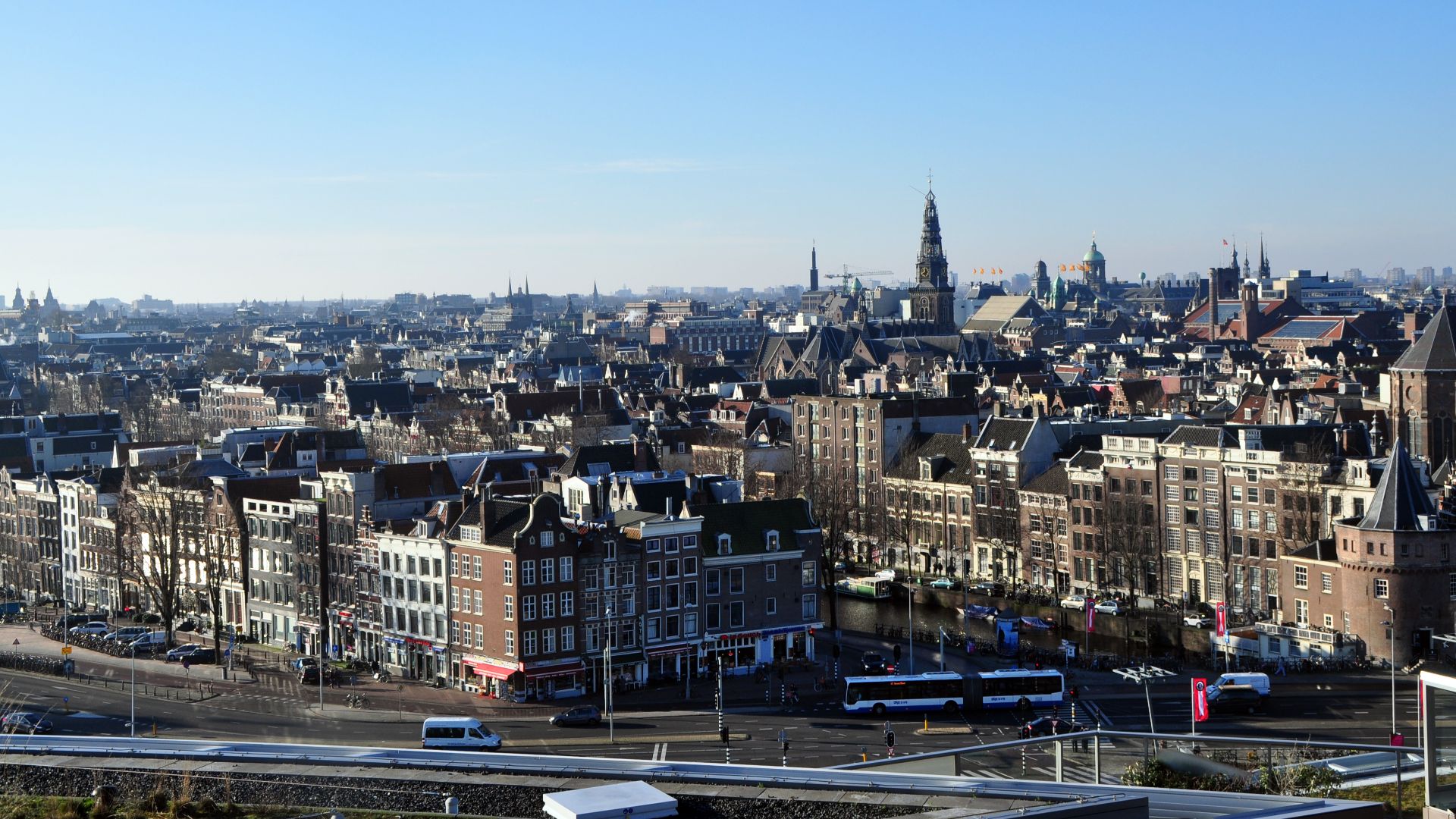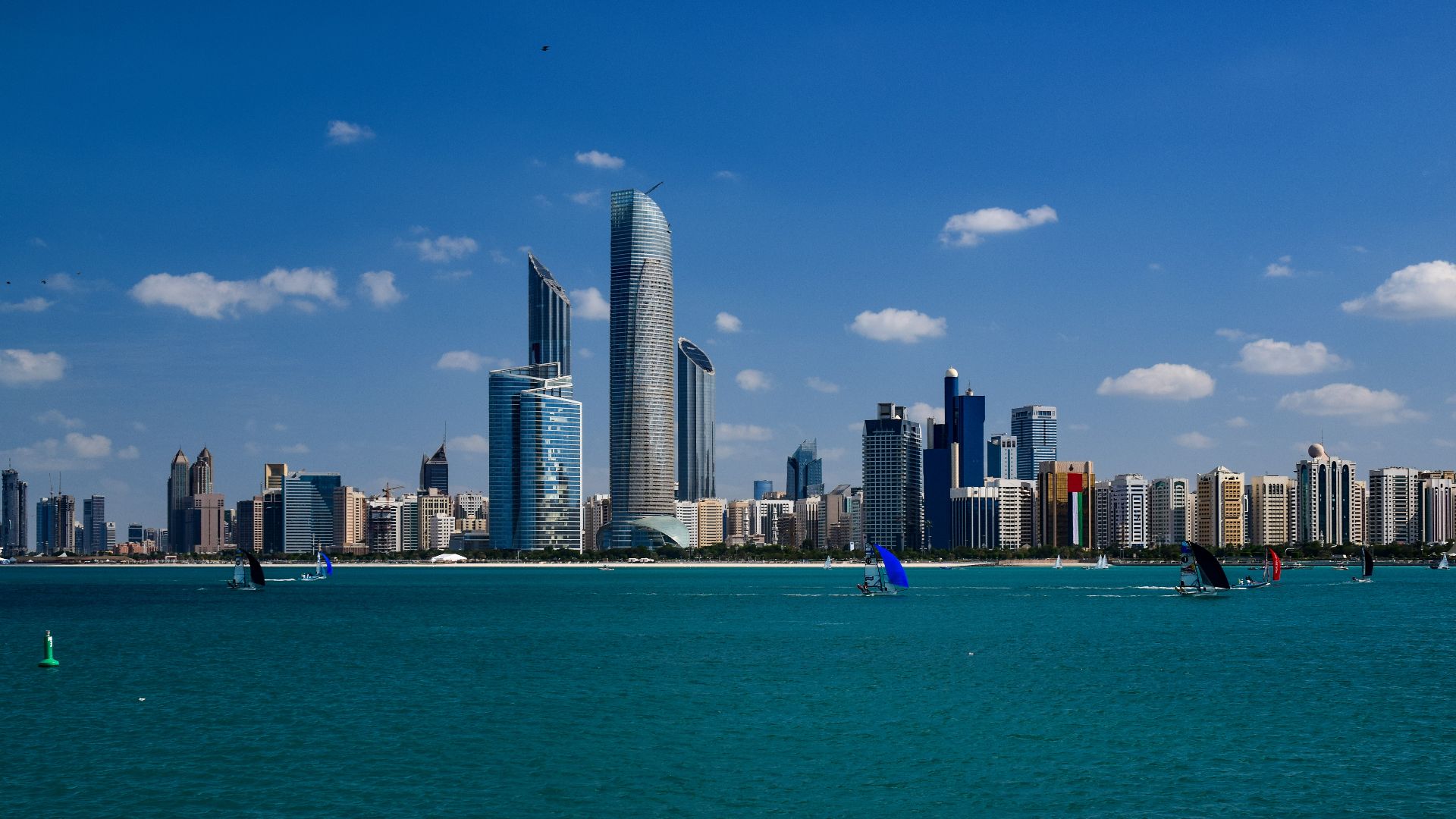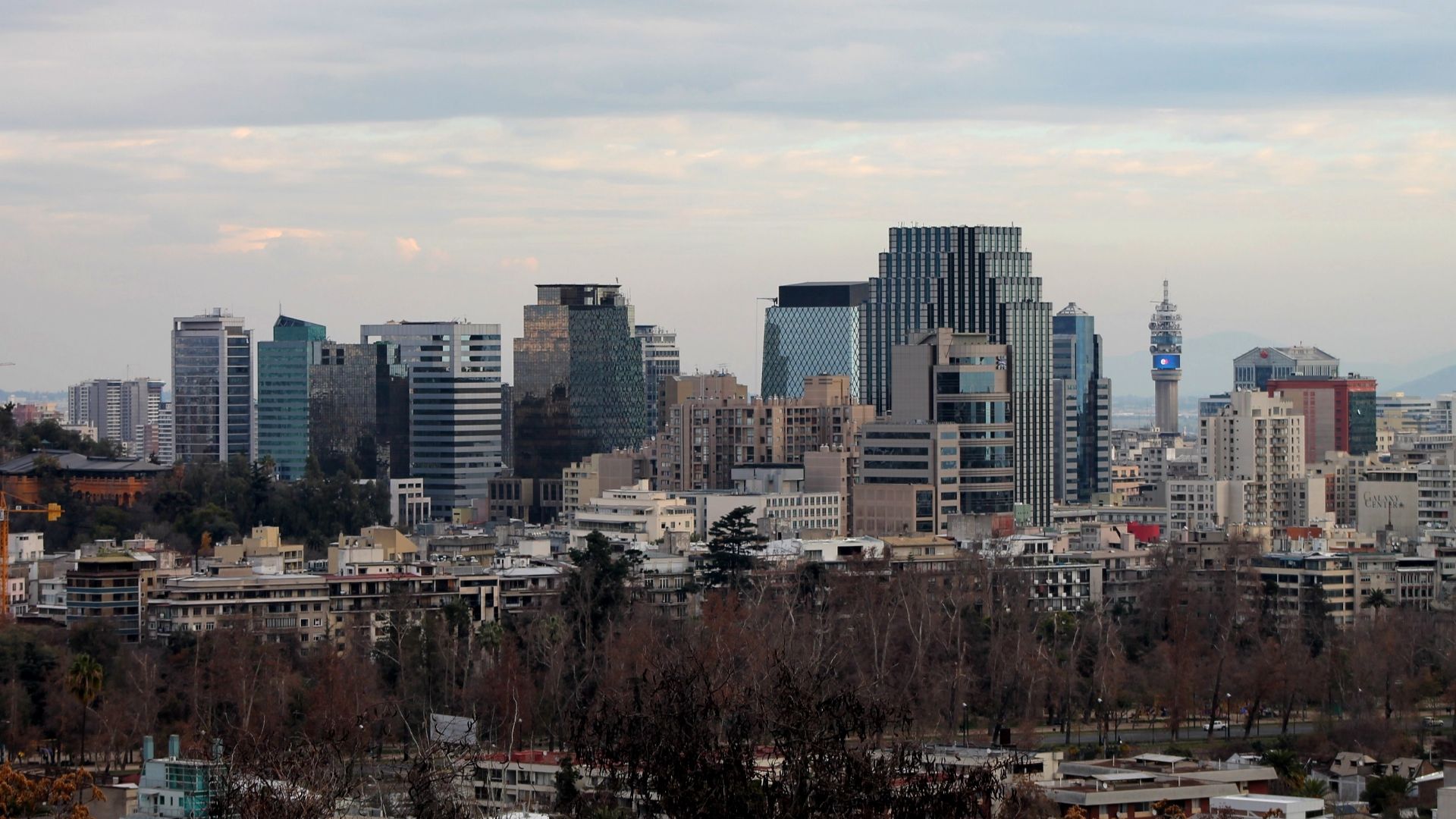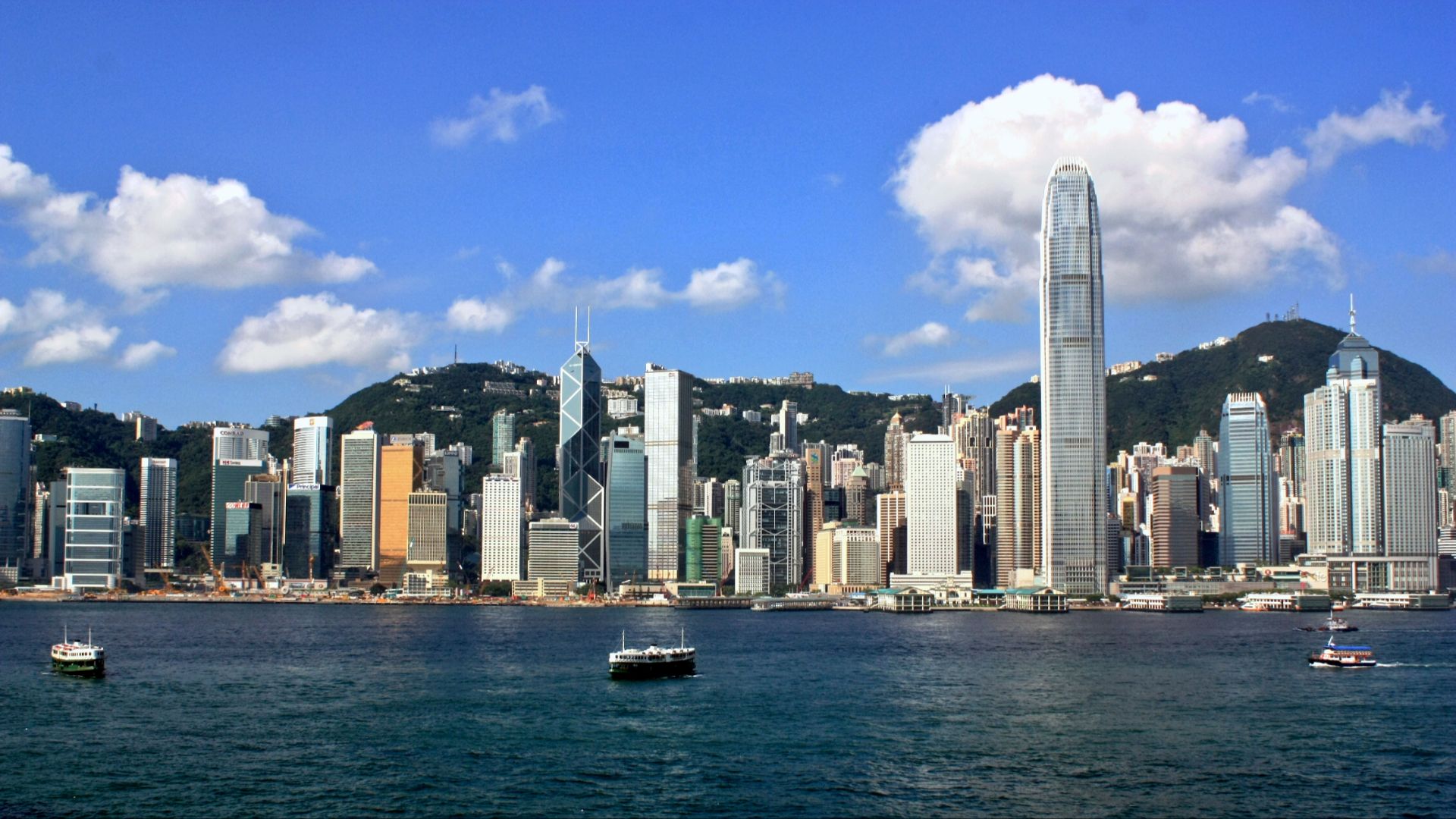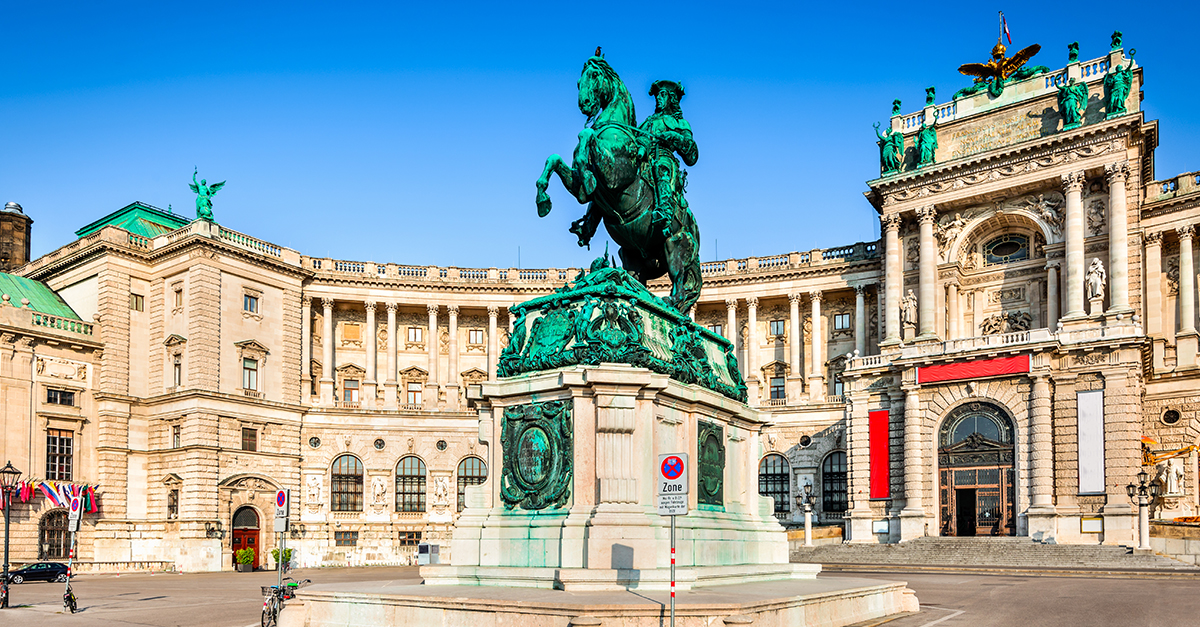Global Internet Speed Leaders
Internet speed has become a proxy for digital ambition. According to Speedtest Global Index data from June 2025, 25 countries are not just online—they’re excelling and pushing boundaries with reliable coverage and impressive reach.

25. Hungary
Ireland’s median speed of 207.50 Mbps puts it ahead of many Western European nations. Fiber penetration is high, particularly in urban and semi-urban areas. Competitive pricing and early infrastructure modernization have contributed to reliable speeds, making Hungary a consistent but often overlooked digital performer in the EU.
24. Japan
Japan is known for its tech innovation, and its average internet speed is fast at 212.87 Mbps. While cities benefit from high-speed fiber networks, many rural areas still use older systems. Based on this, the government is working to make internet speeds more equal, but progress is slow.
23. Kuwait
At 214.73 Mbps, Kuwait’s median broadband speed reflects the country’s determined push toward a more connected economy. High-speed fiber networks are concentrated in densely populated areas, where infrastructure upgrades have progressed rapidly. The country also ranks third in mobile internet.
22. Peru
Surpassing many of its neighbors, the median broadband speed in Peru has climbed to 216.25 Mbps. Fiber expansion in urban centers and sustained investment in digital infrastructure have accelerated national performance. Though challenges remain in remote areas, Peru is quickly becoming one of South America's most improved broadband environments.
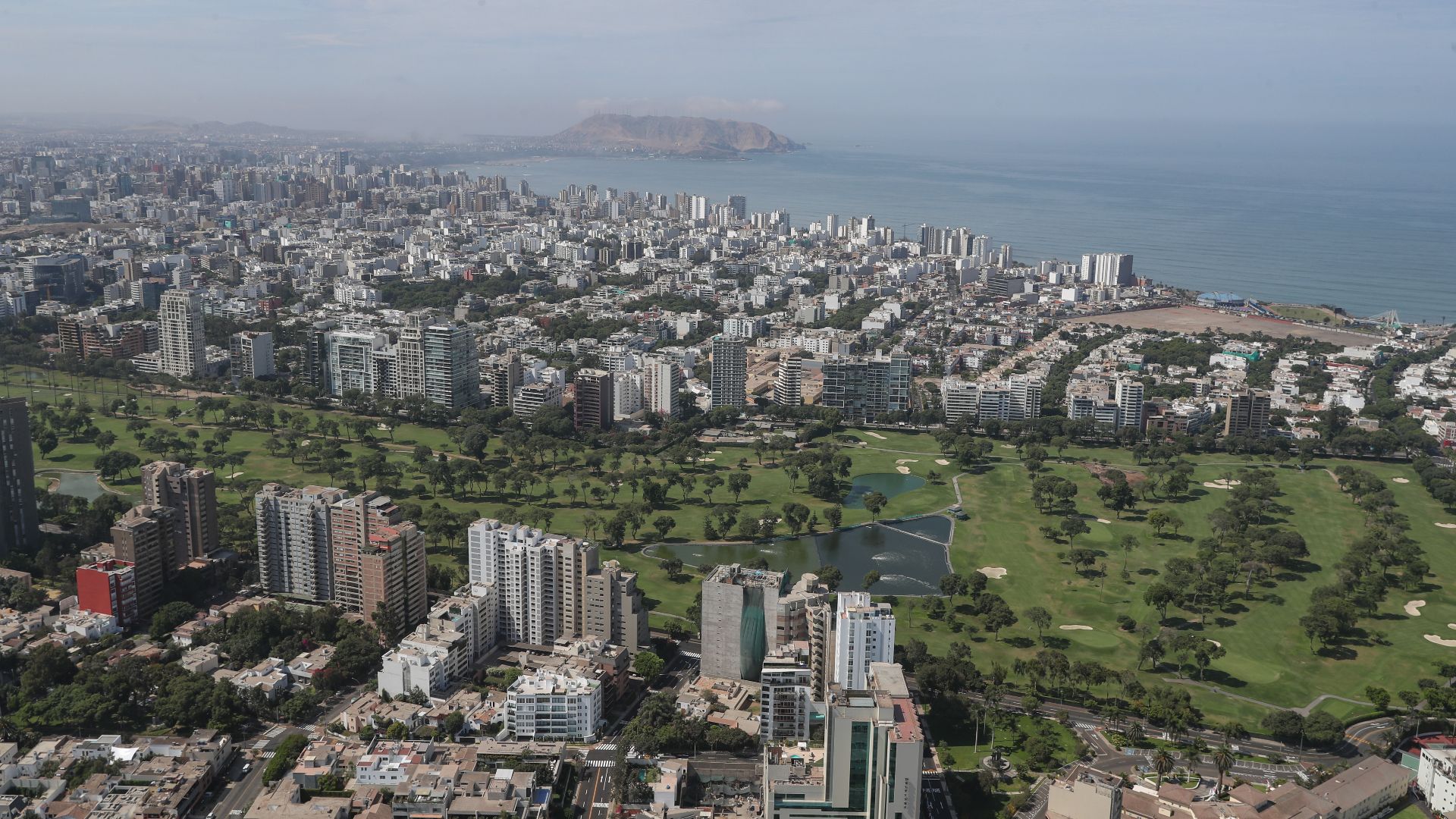 Ministry of Defense of Peru, Wikimedia Commons
Ministry of Defense of Peru, Wikimedia Commons
21. Portugal
Portugal’s 219.66 Mbps median broadband speed reflects rapid improvements through aggressive fiber-optic deployment. Affordable pricing and competitive provider markets have increased access nationwide. Urban areas lead in speed, and the government continues expanding coverage to suburban and rural regions, helping Portugal climb steadily in global broadband performance rankings.
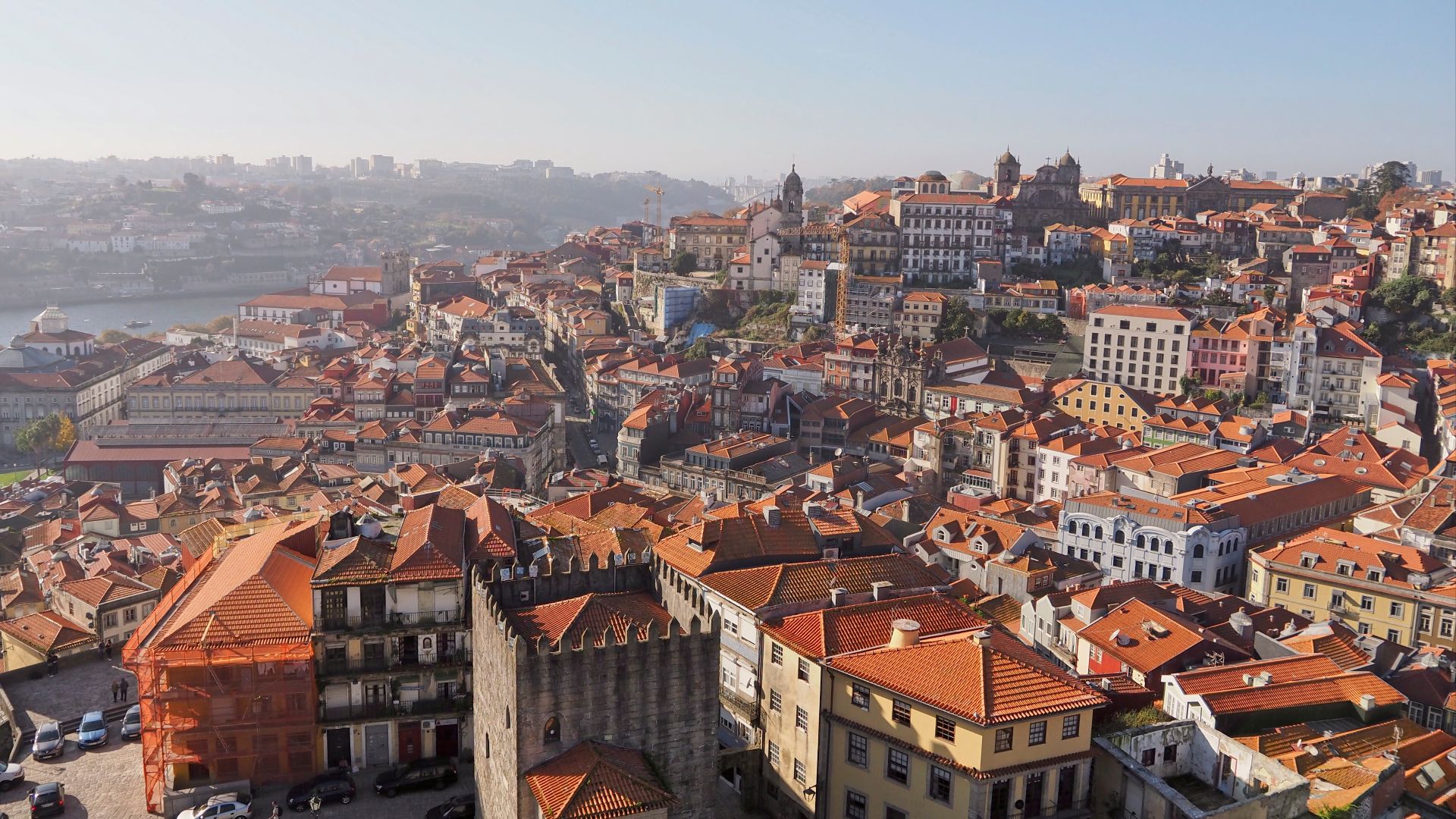 Bex Walton from London, England, Wikimedia Commons
Bex Walton from London, England, Wikimedia Commons
20. Netherlands
The Netherlands has a fast average internet speed of 224.95 Mbps. Its well-connected cities and strong rules help keep the internet stable across the country. Teamwork between the government and private companies has made sure most people have good access, making it one of the top European broadband performers.
19. Vietnam
Over the past few years, Vietnam has emerged as a regional surprise with a median speed of 232.75 Mbps. How did they do this? Two ways: Rapid investment in urban networks and a growing digital economy. While rural disparities persist, government-backed programs are expanding access.
18. Canada
Canada averages 237.18 Mbps in median speed, but this conceals large regional differences. Urban centers like Toronto and Vancouver enjoy top-tier connectivity, but the rural and northern regions still lag. Ongoing federal investments and partnerships with ISPs aim to eliminate these gaps and push toward equitable access across areas.
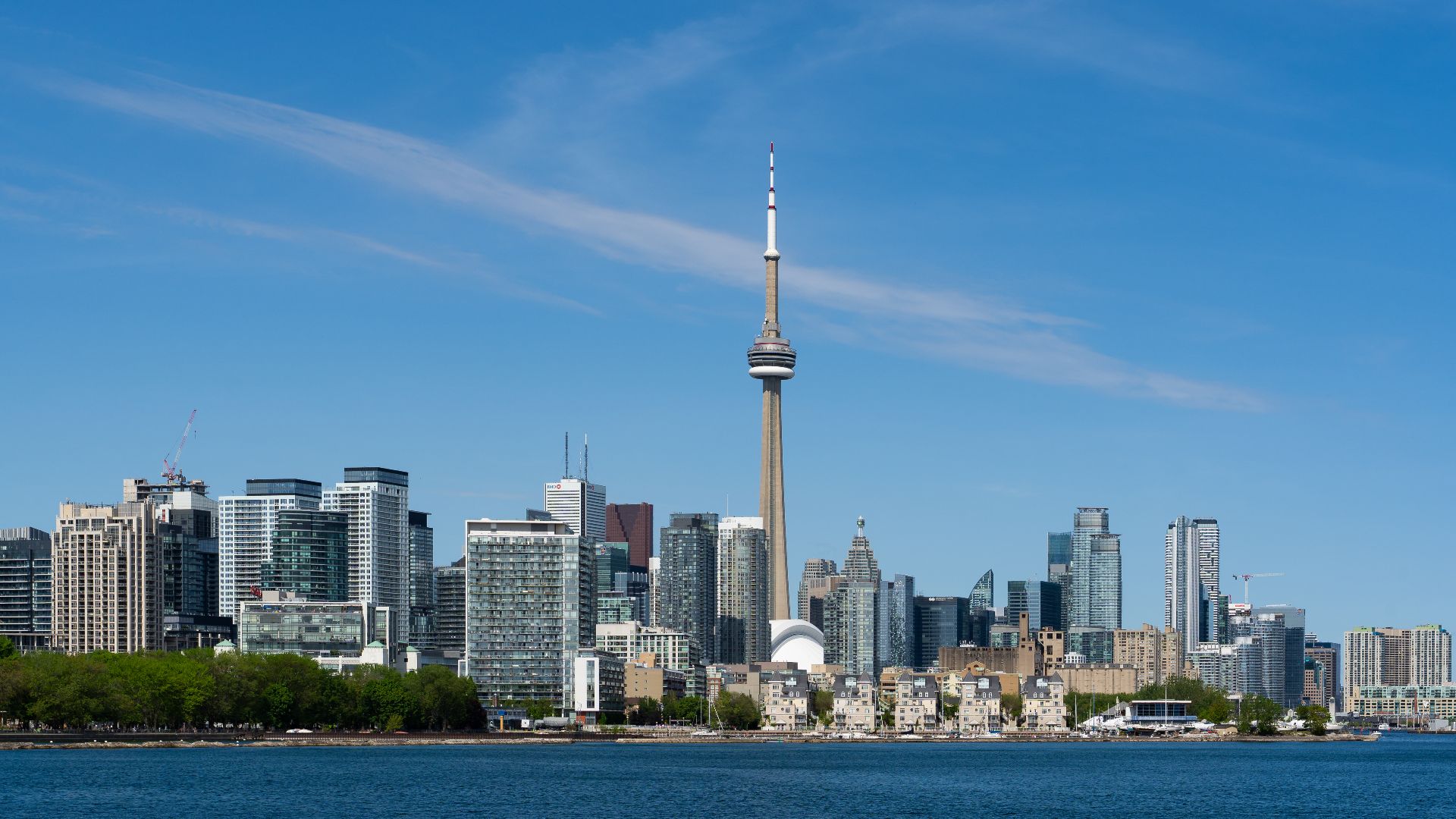 Maksim Sokolov (maxergon.com), Wikimedia Commons
Maksim Sokolov (maxergon.com), Wikimedia Commons
17. Denmark
Despite increasing its median broadband speed to 244.08 Mbps, Denmark’s ranking has dropped. The reliance on an outdated network is affecting performance in some areas, although national policies emphasize digital inclusivity for strong performance outside cities. With a tech-savvy population, more investment is needed to keep up with demand.
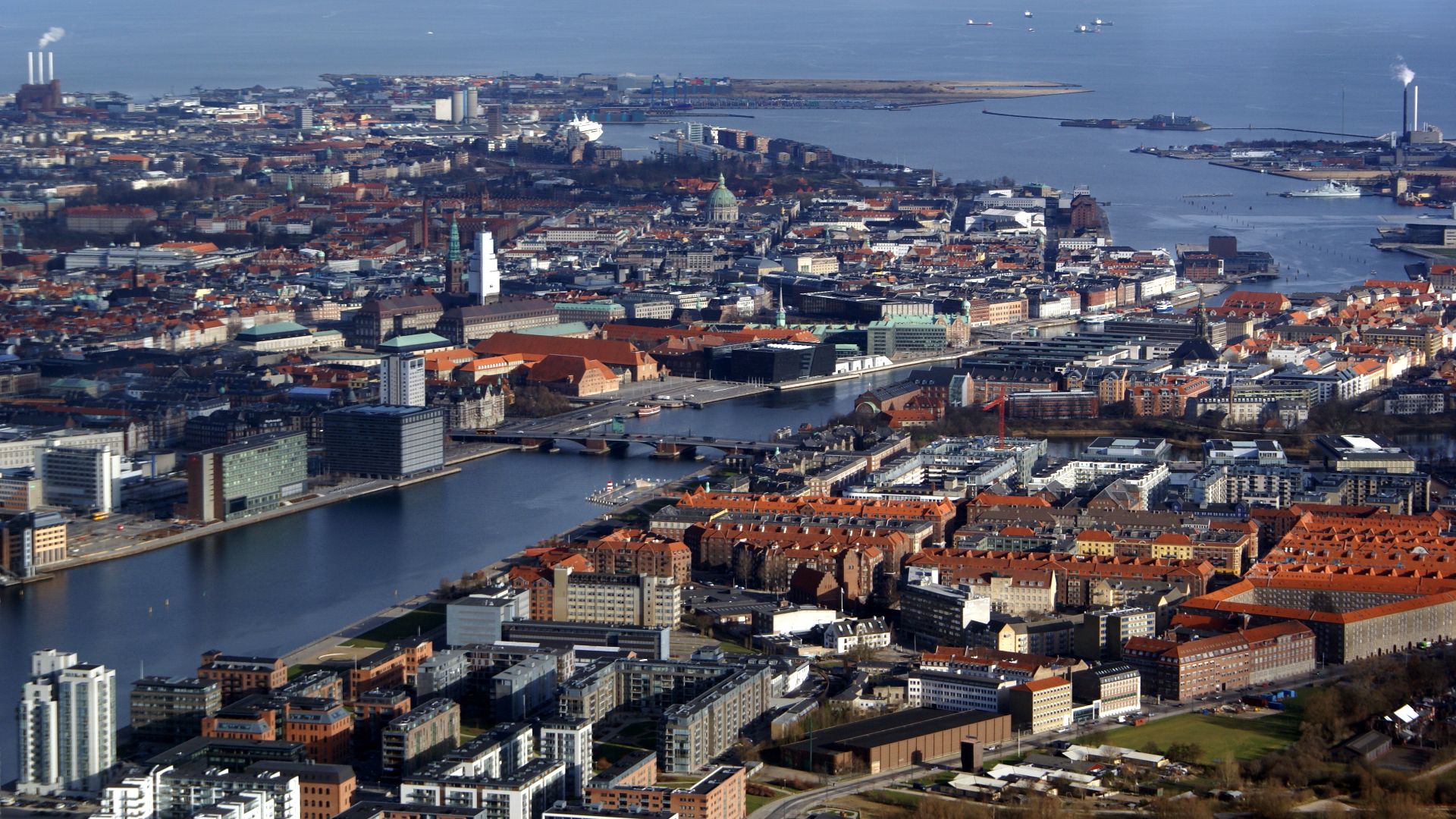 Thue C. Leibrandt, Wikimedia Commons
Thue C. Leibrandt, Wikimedia Commons
16. Taiwan
Taiwan offers one of the world’s fastest broadband speeds at 244.64 Mbps, thanks to substantial government investment and widespread fiber networks. But when it comes to mobile internet, it only ranks 36th globally. To fully support its tech-driven industries, like cloud services, more consistent internet access is needed across regions.
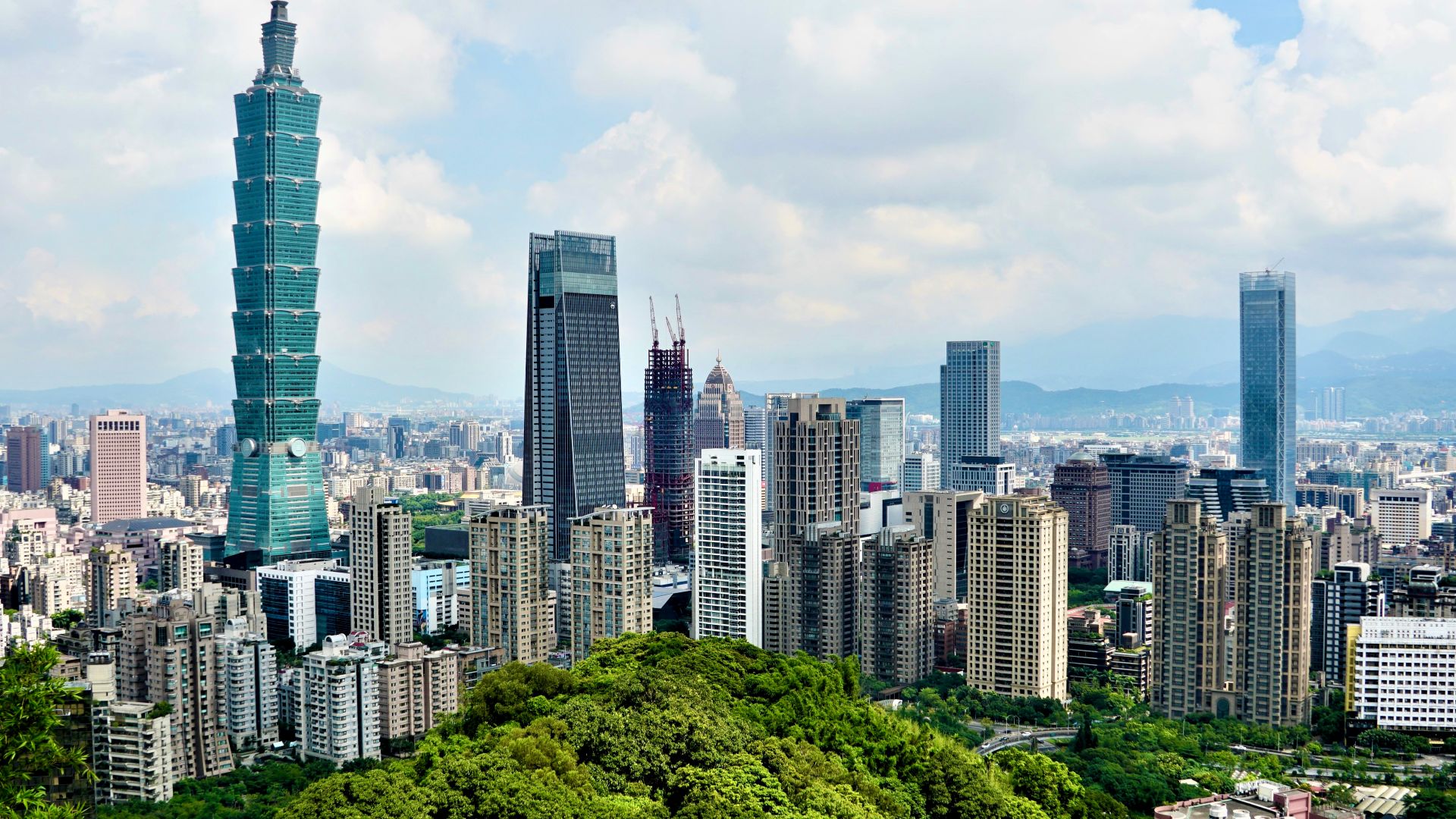 Young Master Mao Mao, Wikimedia Commons
Young Master Mao Mao, Wikimedia Commons
15. Israel
Israel, widely known for its startup ecosystem, records a median broadband speed of 247.21 Mbps. While urban areas benefit from high-speed fiber, nationwide coverage gaps persist. The country’s rapid digital expansion has sometimes outpaced physical infrastructure upgrades, which creates an imbalance between innovation potential and average internet performance.
14. Switzerland
Delivering a median broadband speed of 248.49 Mbps, Switzerland offers reliable and consistent performance across diverse terrain. Its broadband market is shaped by strong regulatory enforcement and a high standard of service. From urban centers to mountainous regions, infrastructure quality remains a defining feature of the Swiss digital environment.
13. Spain
Major urban centers in Spain now benefit from some of Europe’s most extensive fiber coverage, contributing to a median broadband speed of 248.76 Mbps. The country’s ongoing investment in digital infrastructure has steadily improved reliability and access, although it falls behind with only 75.80 Mbps in mobile internet.
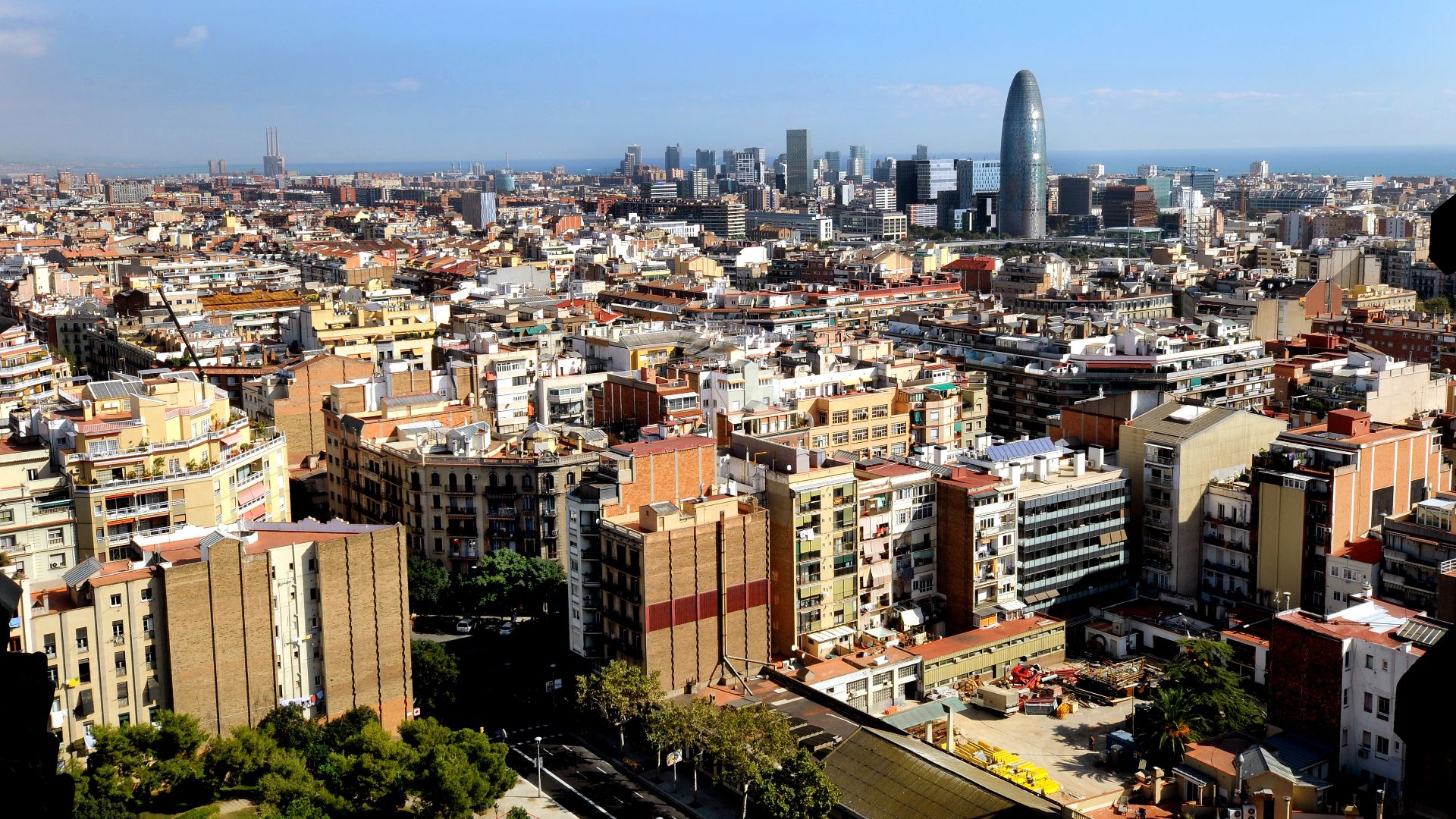 frank muller, Wikimedia Commons
frank muller, Wikimedia Commons
12. China
Due to the aggressive infrastructure expansion, China has managed to reach a median broadband speed of 250.26 Mbps. State-driven policies have enabled the mass deployment of fiber networks in both urban and remote regions. This scale, combined with the deep digitalization integration, has made China a top-tier performer.
 Rodrigo.Argenton, Wikimedia Commons
Rodrigo.Argenton, Wikimedia Commons
11. Thailand
Surging demand for high-speed access has pushed Thailand’s median broadband speed to 252.97 Mbps. The country is attracting hybrid work models that rely on fast internet speeds. As a result, it has invested in nationwide infrastructure upgrades, led by both government initiatives and private telecom investment.
10. Romania
Outperforming many larger economies, Romania has a median broadband speed of 259.50 Mbps. This success is due to early fiber adoption and strong local ISPs. Additionally, competitive pricing and minimal reliance on legacy infrastructure make digital speed more accessible.
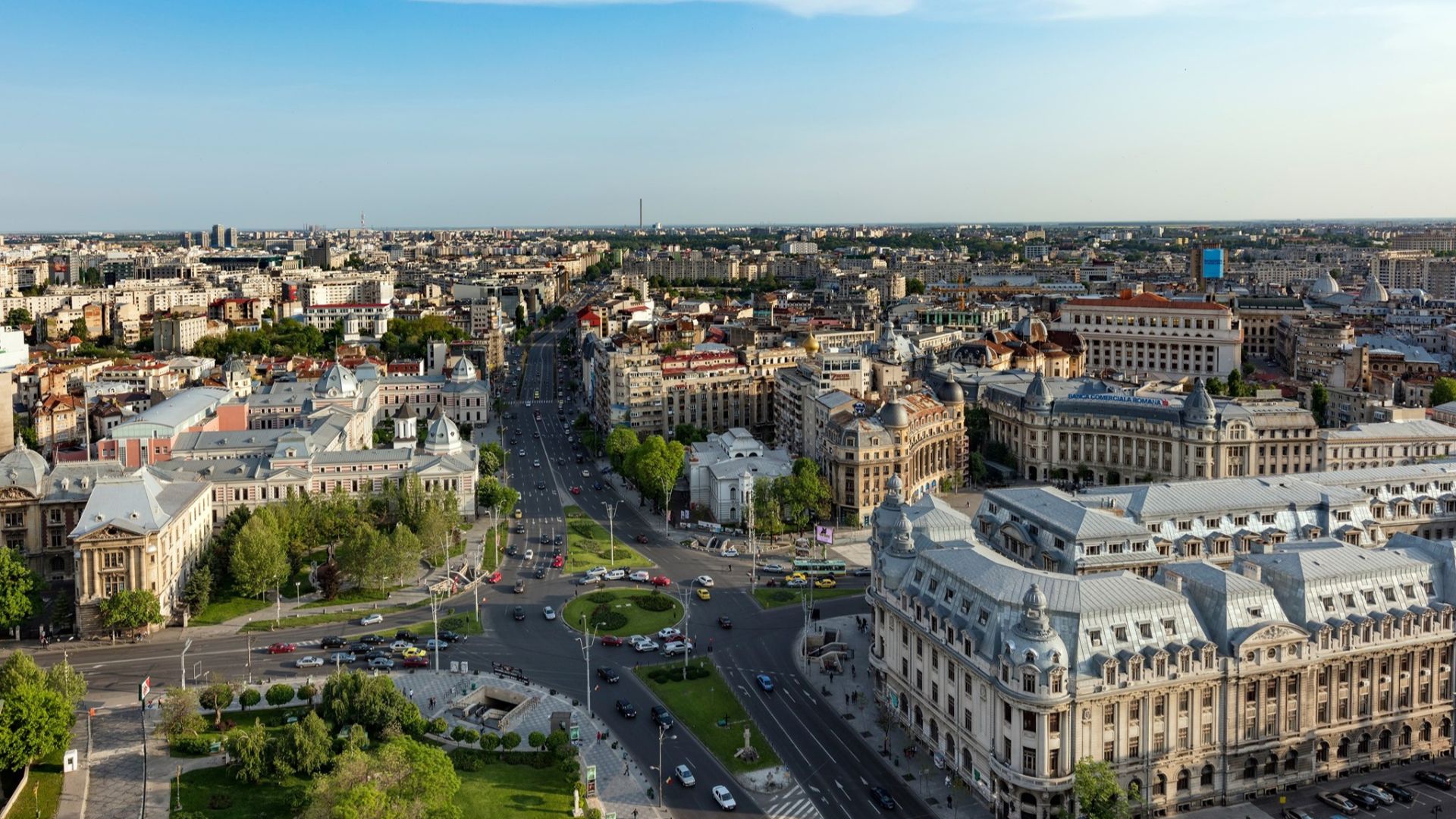 Madalin Pentelie, Wikimedia Commons
Madalin Pentelie, Wikimedia Commons
9. Macau
Recording a median broadband speed of 264.13 Mbps, Macau ranks among the world’s fastest digital environments. Its small geographic size enables efficient fiber deployment and concentrated infrastructure investment. With strong regulatory oversight and high urban density, Macau has built a tightly integrated broadband network supporting seamless digital access across sectors.
8. South Korea
Next-gen investments position the country among Asia’s most connected societies. Urban centers like Seoul enjoy some of Asia’s most advanced fixed broadband. Consequently, South Korea’s median speed of 279.73 Mbps matches its dominant mobile internet performance, with most of the population taking part in online gaming and streaming.
7. United States
The US has a fast average internet speed of 287.59 Mbps, especially in cities with strong networks. But many rural areas still struggle with reliable access. The government is working to improve coverage, though uneven infrastructure and a complex market make it hard to ensure equal access for everyone.
 Dana Andreea Gheorghe, Unsplash
Dana Andreea Gheorghe, Unsplash
6. Iceland
At 299.21 Mbps, Iceland delivers one of the highest median broadband speeds globally. Strategic investments in fiber infrastructure, combined with a small, centralized population, have enabled rapid deployment and consistent performance. Despite its remote location, Iceland’s digital connectivity rivals larger economies.
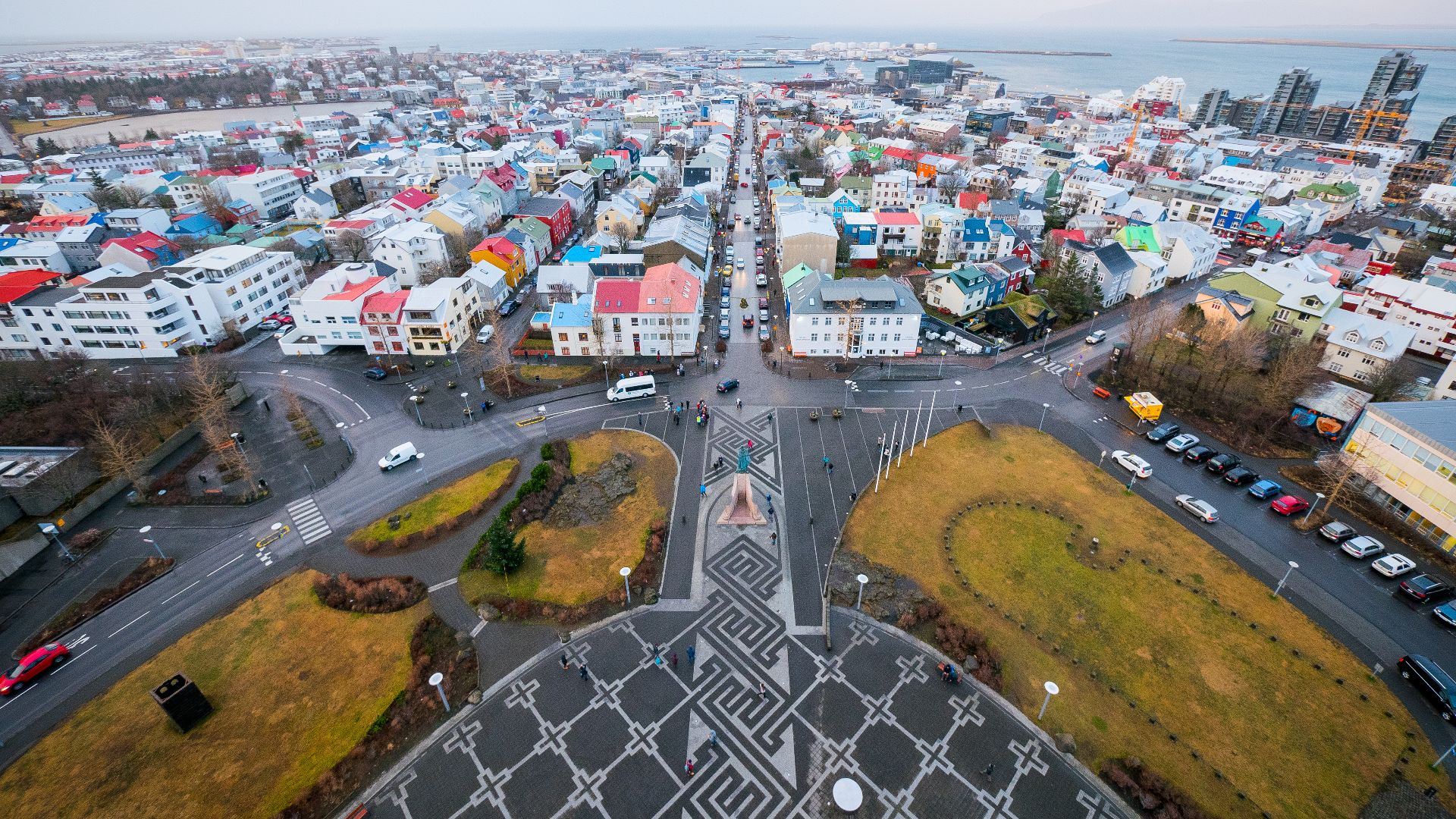 Andrew Smales bn2b, Wikimedia Commons
Andrew Smales bn2b, Wikimedia Commons
5. United Arab Emirates
Ambitious infrastructure development has propelled the UAE to a median broadband speed of 313.90 Mbps. Widespread 5G integration and large-scale smart city initiatives—in Dubai and Abu Dhabi—highlight the nation’s commitment to becoming a global technology hub, especially with its number 1 ranking of 546.14 Mbps in mobile internet.
4. Chile
A median broadband speed of 318.84 Mbps places Chile at the forefront of Latin America’s digital world. Focused urban fiber expansion and healthy market competition have driven its rise. As broadband access continues to grow, Chile is establishing itself as a regional model for digital infrastructure progress.
3. France
France’s 319.43 Mbps broadband speed is the result of recent nationwide fiber expansion. Previously reliant on legacy copper systems, the country has rapidly transitioned to FTTH models, which have improved internet access. Rural deployment is progressing, but dense urban zones are already enjoying premium speeds.
2. Hong Kong
Efficient infrastructure deployment and early investment in fiber have helped Hong Kong achieve a median broadband speed of 323.87 Mbps. Its compact layout and dense population allow for high-speed connectivity across most districts. A competitive telecom sector continues to reinforce performance, supporting the territory’s fast-paced digital and economic activities.
1. Singapore
Topping the list at 393.15 Mbps, Singapore continues to set the global standard in broadband performance. Its widespread fiber network and focus on technology create a smooth, reliable internet experience. Government initiatives ensure both speed and reliability, which make Singapore a benchmark for other advanced digital economies.
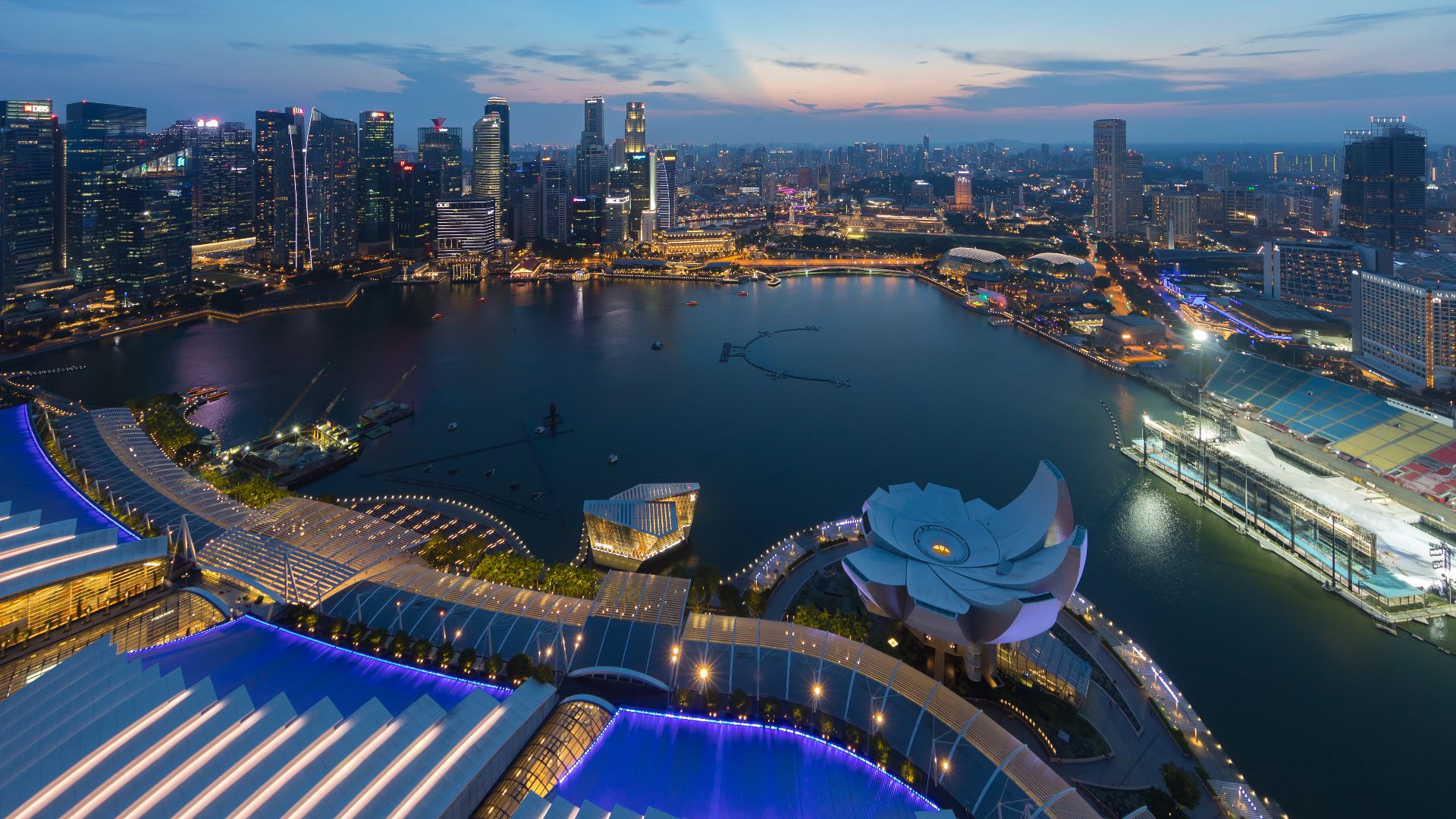 Basile Morin, Wikimedia Commons
Basile Morin, Wikimedia Commons



